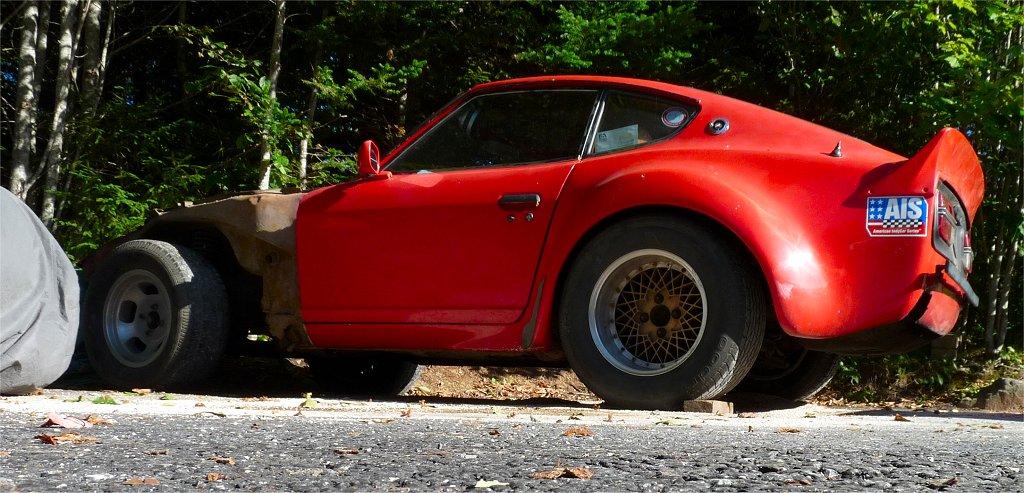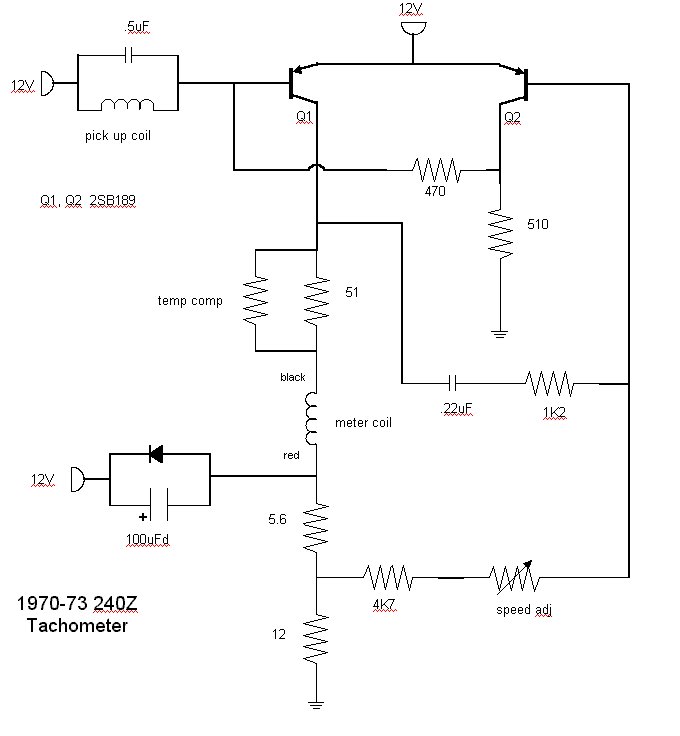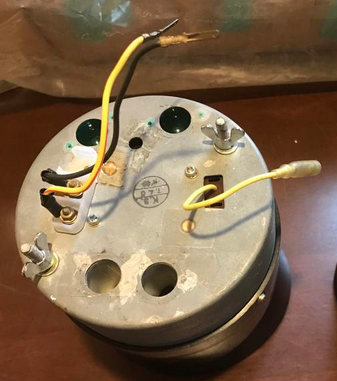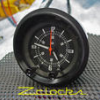While trying to adjust my passenger door, which wouldn't shut without slamming, I can across this thread.
It seems to indicate the latch is missing a piece of rubber on one of the lobes (the larger one).
The suggested fix was to cut a piece of rubber tubing and glue it onto that lobe.
The other fix was to carefully remove some material from the catch so the locking lobe (the smaller one) doesn't hit before
coming down into locking position.
When the rubber is there I assume it worked great since the first lobe starts to rotate sooner to drop the second lobe into postion quicker.
I'm thinking, why in the heck did they decide to use rubber in this area! No wonder they are missing!
I thought of making one out of plastic (Delrin) but I think it would eventually fail also.
So, here's what I came up with. I fabricated a metal "C" shaped clip that I could pinch onto the lobe to replace the missing rubber.
It's made of 16 gauge (.062") steel, about 17/32" wide. Easier to tightly install when latch is off the car, in a vice,
and tapping the piece around the other side of the lobe. But probably doable while on the car with a good size set of channel locks.
After a little adjusting of the latch and catch, a little spray of lithium grease, door closes perfect!
Hopefully this will last for awhile.
Ken













